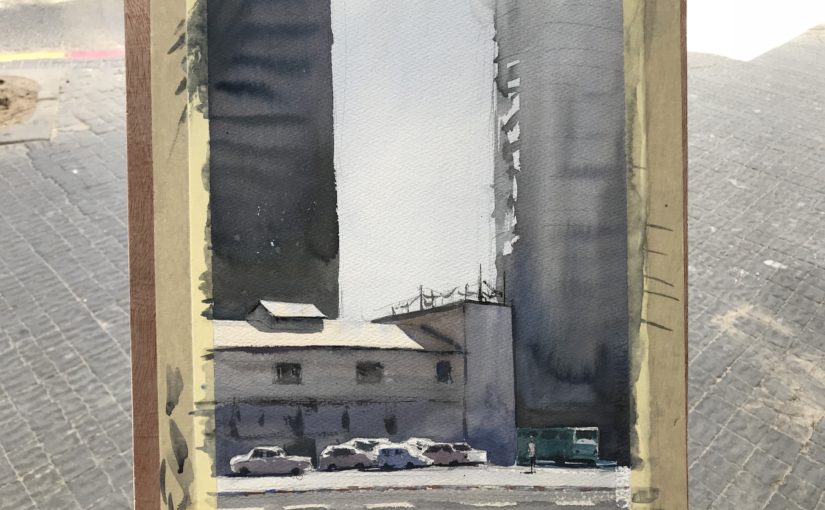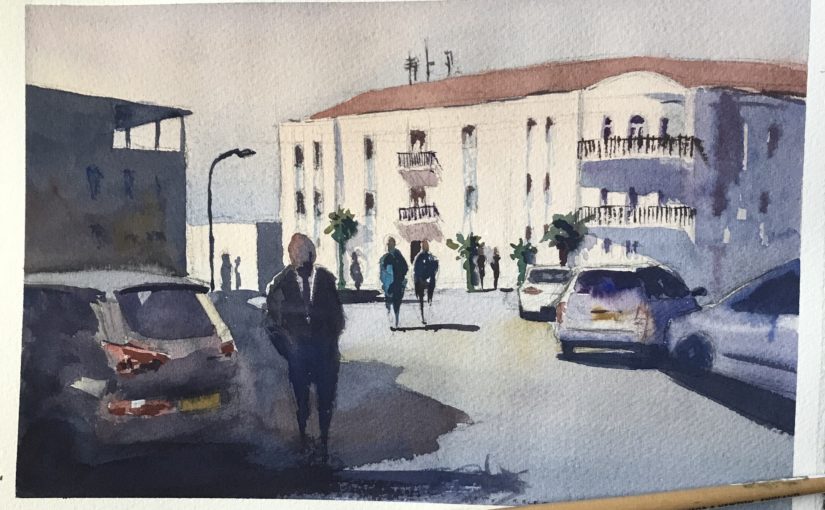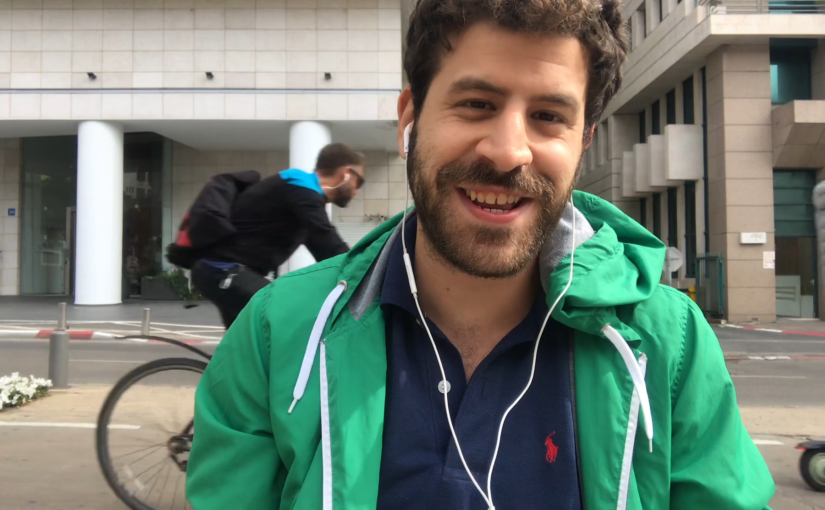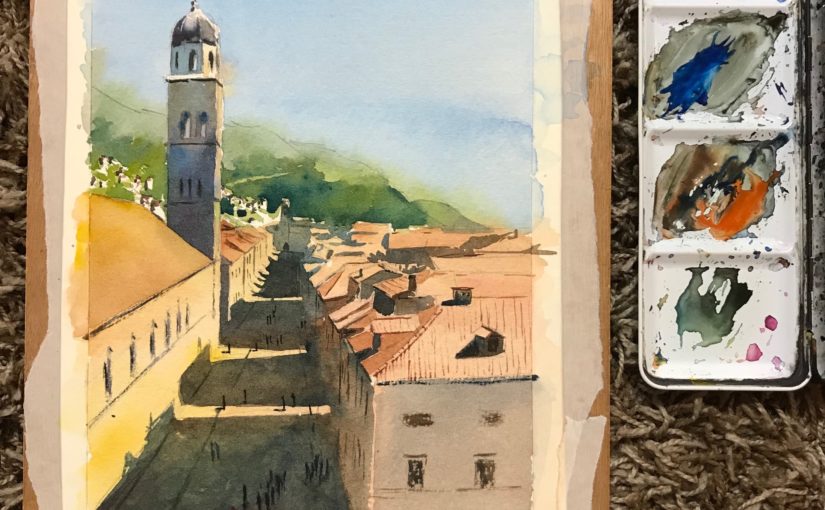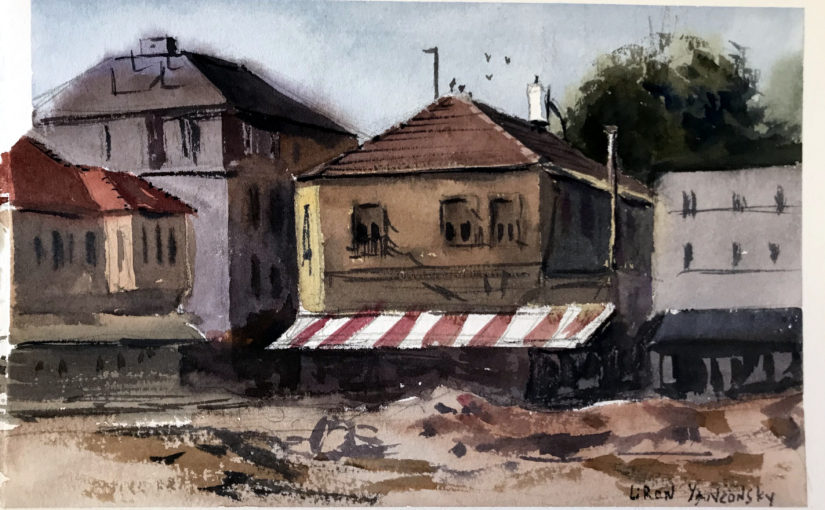Podcast: Play in new window | Download
In this episode we’ll talk about different inspiration catalysts and sources, and how to hone inspiration using them!
Inspiration Catalysts
I recently meditated on the idea of inspiration catalysts. These are events, places, and “things” that make us feel inspired.
After visiting Italy last week I arrived at several insights regarding these catalysts that awaken the flame of inspiration, and I’d like to present them here.
Novelty, Quirks & Subjects
Novelty – This is anything that’s new / foreign to us. I realized this while I was traveling around the beautiful Florence.
I found myself thinking – why is THIS inspiring to me, and not my hometown? What’s so attractive about this place? And I immediately answered – because it’s new and foreign to me.
Novelty can play an important role in creativity and inspiration. When something’s new to us, we see it in a purer manner. It’s a little like a baby that experiences the world for the first time.
Quirks – It’s funny how this word is the particular one I felt to best represent this idea. Quicks are anything specific you like, visually speaking.
For me, that would be strong contrasts and a multitude of colors (mainly reds, yellows and greens).
For you it’ll be different things.
Subjects – Here I’m referring to specific subjects that interest you. This is something I mentioned in one of the earliest podcast episodes, when we talked about dealing with lack of inspiration.
I mentioned how some subjects can spark inspiration for me. Those are mainly cars and buildings (and architecture in general). I love painting things with well-defined, geometric shapes.
It All Connected In Florence
While preparing for this episode I realized how all three of these connected for me in Florence.
I had novelty (a new place I’ve never visited before). I had the interesting contrasts and light conditions (especially in Florence’s narrow streets, that create interesting light angles). I also had my favorite subject – architecture (and European at that!).
This can probably explain why my sketches from the were so inspired. I felt this especially in the first day visiting. I immediately sat down to sketch, and loved every minute of it. This particular first sketch happens to be my favorite from this trip.
And that’s all I wanted to share today. I hope you enjoyed this! (:
Artist Corner
Today we talked about Nita Engle. Nita is an American watercolor painter. Her work is amazing in my opinion.
She combines realism with atmosphere. She is probably one of the only artists I’ve seen that can do that so well.
She allows the water and paint do what they want, and really exploits it to create realistic effects.
I highly recommend her book: How to Make a Watercolor Paint Itself
If you want to see a review I did of this book, you can see it right here.
And I’d also recommend watching this video of hers.
Here’s where you can find me (:
You can support me on Patreon
Check out my YouTube Channel – Liron Yanconsky
Or ask me questions on Instagram – @LironYanIL or Snapchat – @LironYan3

